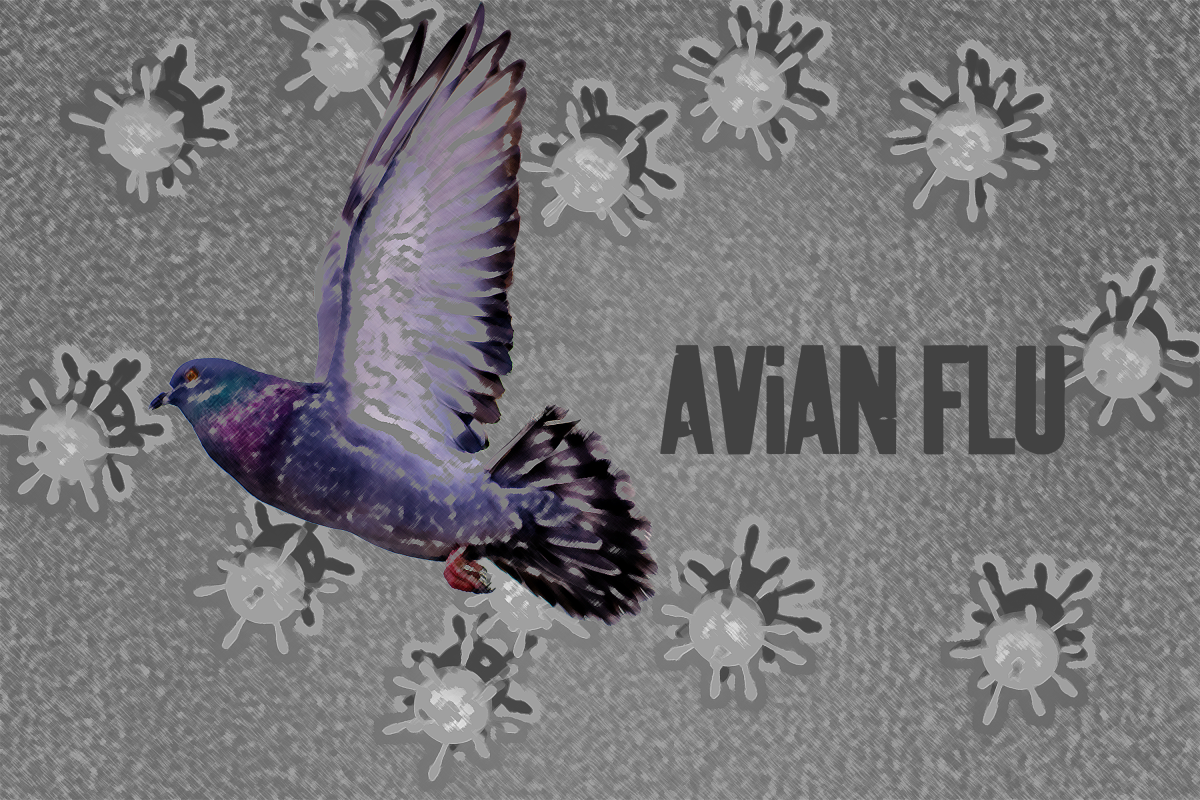I recently learned from experience that when you are on crutches, everything doubles. It takes 20 minutes instead of 10 to get to class, five stairs seem to magically become 10 and you seem to get twice as many howdies.
To a person who is completely healthy and has no disabilities, their most serious qualms with the Texas A&M campus are that it takes 20 minutes to walk to the lot at Reed Arena or that climbing to the second floor of Harrington is like climbing a mountain.
But in the eyes of those few Aggies who are physically disabled and cannot get where they need to go without a wheelchair or crutches, the campus transforms itself into a maze of back entrances, unreliable elevators and cracked sidewalks. These may seem trivial to the average student, but they become significant obstacles to those who depend on automatic doors, working elevators and smooth paths as the only ways to reach their destinations.
In an unobtrusive building in the middle of campus, there is an unremarkable little workplace that serves as the A&M Disability Services’ main office. Low profile as it may be, to the portion of A&M students who have disabilities, DS is a lifesaver because it works to provide equal access to all students at the University.
They are people such as senior psychology major Margo Lindstrom.
Lindstrom enjoys spending time with her friends and her job at DS. She also has cerebral palsy, which inhibits her ability to walk.
She said her biggest challenge was when she first arrived at A&M and had to adjust to life on her own in a different environment, learning how to take care of herself. Once she got adjusted, she loved it.
“For the most part, everyone has been amazing,” Lindstrom said. “Everyone is very welcoming, very friendly and very receiving.”
Lindstrom said the biggest and most common reaction she gets from people is curiosity, and that it doesn’t bother her if a person asks her a question, as long as they approach her in an appropriate manner.
“Another big challenge is actually getting to class, because a lot of times there’s an elevator that’s broken or a lift that doesn’t work,” she said.
Lindstrom said the majority of her classes are in the Psychology Building but that she has also had a lot of classes in Harrington, which has an ancient elevator and an inconspicuous automatic door on one side under the stairs.
She said it wouldn’t necessarily be more convenient, but instead less of a challenge, to get to class if there were more accessible entrances in the fronts of buildings.
“I would say actually getting in the buildings and sometimes getting around campus can be a challenge,” Lindstrom said. “It’s frustrating and challenging, but you can’t let it control your life and get you down; you just have to get used to it.”
She said, for her, having to deal with these kinds of obstacles is a part of life and that a positive attitude is absolutely necessary.
“It helps me to deal with stuff with a better attitude, and other people see it, too,” she said. “When other people see that you’re OK with it and you’re happy, then they’re going to be OK with it and it will make it easier for them to warm up to you.”
Lindstrom said for prospective students or freshmen that have disabilities, it seems incredibly scary and even more so than for the average freshman.
“There are going to be adjustments that have to be made, and you’re going to have your good days and your bad, but it’s all going to work out, and eventually you’re going to find out that you’re having the time of your life,” she said. “You just can’t give up.”
Obstacle course
April 9, 2006

0
Donate to The Battalion
$810
$3500
Contributed
Our Goal
Your donation will support the student journalists of Texas A&M University - College Station. Your contribution will allow us to purchase equipment and cover our annual website hosting costs, in addition to paying freelance staffers for their work, travel costs for coverage and more!
More to Discover









